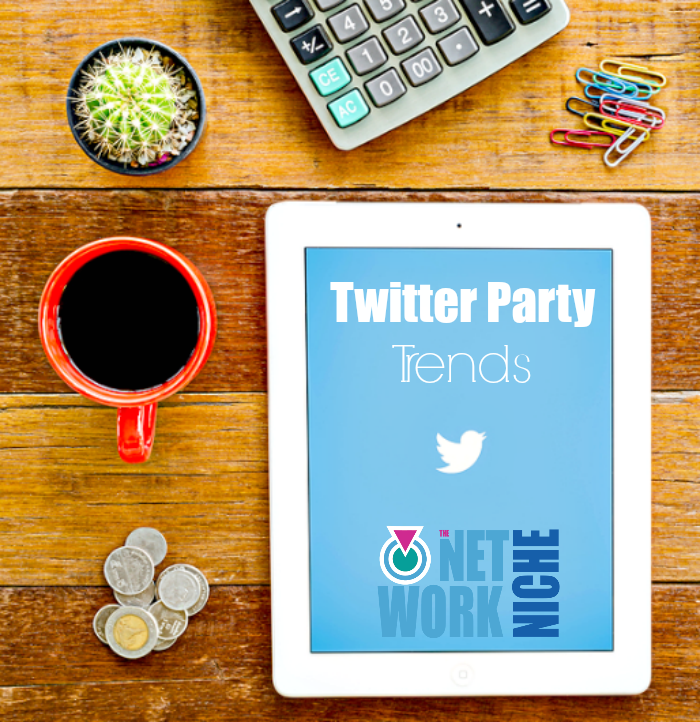One of the easiest ways to monetize you blog is by generating affiliate income. Companies will pay you a small commission, starting at three percent, for referring online sales. You don’t have to ship products or track sales. Everything is handled by affiliate marketing networks. It’s similar to how advertising networks pay influencers for clicks and views of their banners. If you’d like to generate some passive income, here are some affiliate marketing basics to get you started.
Affiliate Marketing Basics
Affiliate Networks
Some of the most popular affiliate networks are Amazon Associates, Affiliate by Conversant (formerly Commission Junction) and ShareASale.
Once you join the network, you’ll have access to direct links, images and banner ads to promote products.
There is an affiliate network for almost every product you can buy online. To find the affiliate information, scroll down to the bottom of a brand’s website, look near the contact information and you may see a link there on how to join the affiliate network connected to the product.
Income Tracking
Each affiliate network will allow you to track clicks and sales through your affiliate networks. This can help guide you on which products or themes are working well with your audience and inspire similar content.
In case you think affiliate income is hard to generate, notable bloggers like Pat Flynn of SmartPassiveIncome.com, generate thousands of dollars a month from affiliate income. He’s among 12 Bloggers Making $10,000 Monthly featured on Business 2 Community’s blog.

Photo Credit: Business Insider
RELATED TOPIC: Best Podcasts for Bloggers of All Niches
Promote Affiliate Products
Blog Traffic: The more people who visit your blog the more likely they are to click and make a purchase. There’s a direct correlation between increasing your traffic and increasing your affiliate income.
Product Round-ups: Product comparisons are a great way to drive traffic to your affiliate links. Your audience wants to know which products you recommend, which products have provided good results and even which products to avoid. By including links to the products in your reviews, you can help increase your affiliate income.
Sales & Coupons: Affiliate networks will let influencers know when there is a special sale coupon or holiday special for a product. Use this as an opportunity to help your audience save money.
Social Shares: When an affiliate product goes on sale or launches a coupon, promote a direct link on social media.
Gift Guides: Whether it’s Father’s Day, Mother’s Day, Back to school or Christmas Gift Guides, they’re all great opportunities to include your affiliate links.
Disclosures
Per the FTC guidelines, you are required to disclose your affiliate links. You can mention it in your blog post by simply saying “this is my affiliate link,” or including a disclosure at the end of your post. On social media include the hashtag #affiliate.
>> Click to tweet: Remember to disclose your affiliate links that are shared on social media.
Here are some examples: “This is my affiliate link. I will earn a small commission if you purchase through my link but it won’t cost you anything extra.”
“Below you’ll find some of my affiliate links which earned me income and help support this blog.”
RELATED TOPIC: How to Position Your Blog as Your Resume
Comment below: Add your additional Affiliate Marketing Basics below. What are some creative ways you use affiliate marketing on your blog and social channels? Do you use affiliate links in sponsored posts?






No Comments